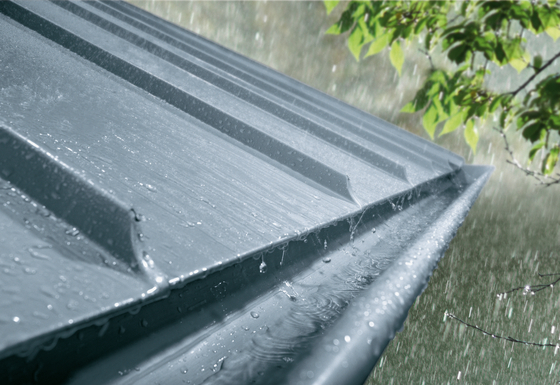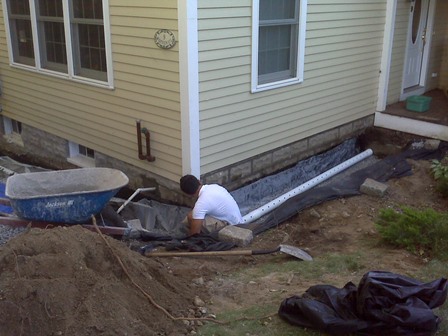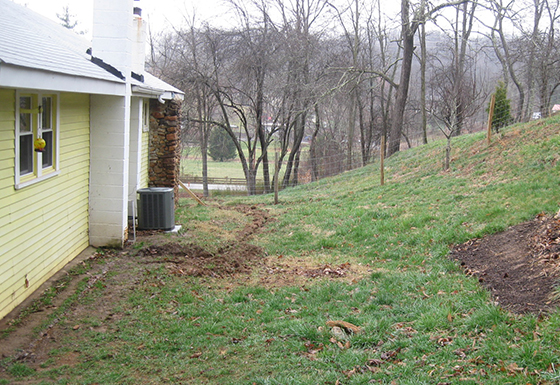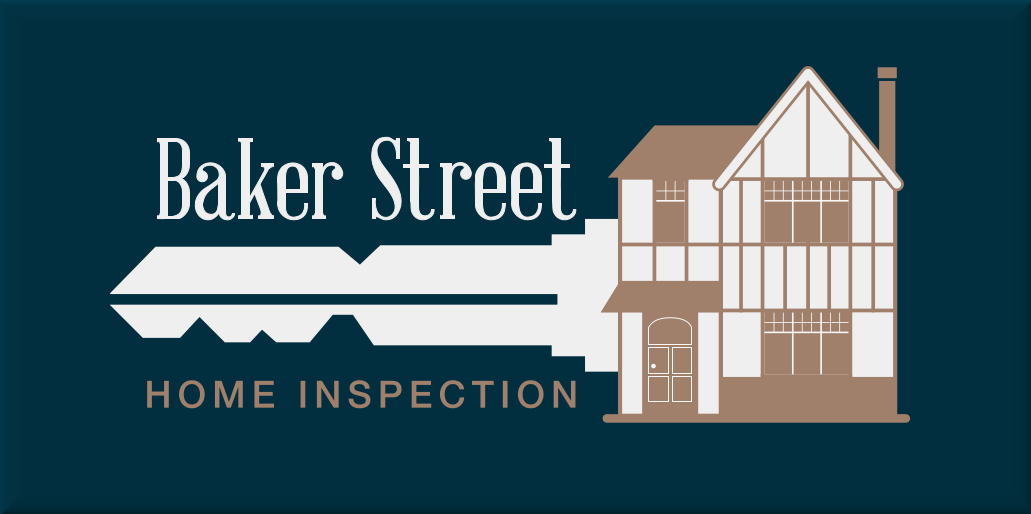Serving Courtenay, Comox, Cumberland, Royston, Merville, Black Creek, Union Bay, Fanny Bay, Campbell River, Parksville, Qualicum Beach, Errington, and Coombs.
Areas such as the Comox Valley see about 1100 mm of rain annually, closer to 1500 mm in Campbell River, and over 3000 mm in Tofino. Generally, we don’t mind the rain here on the Island, just put a rain jacket on and get out there regardless of the weather. But we do need to pay attention to our houses and how the water is managed on a piece of property.

Roof Drainage System

Perimeter Drainage System

Slope and Grade

Maintenance
Houses equipped with perimeter drainage systems have the advantage of being able to move water away from the foundation walls. But these systems do need maintenance as well. The same leaves that collect in the gutters can find their way into the perimeter drains, build up then create blockages. Roots from trees and shrubs can grow into the drainage system and block the flow of water. Drains at the bottom of driveways or sunken stairwells need to be cleared of leaves and debris. There are contractors who provide perimeter drain scoping. They have equipment that removes the blockages and inspects the perimeter drain system. Annual perimeter drain scoping is recommended.
